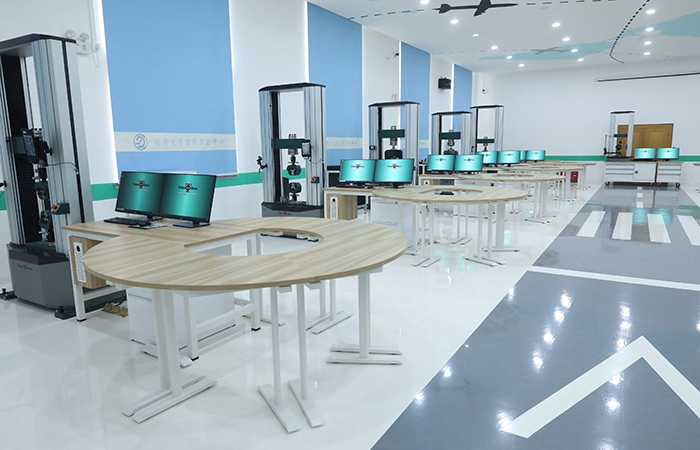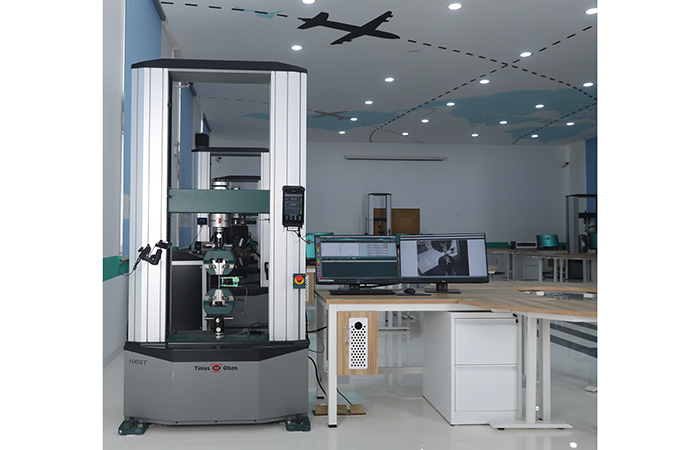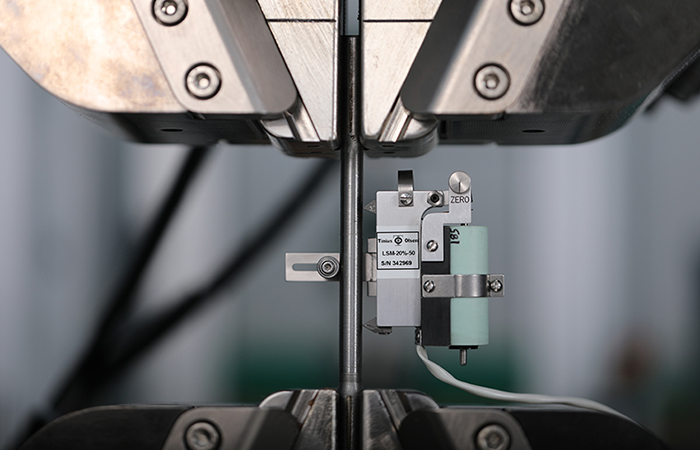
Tinius Olsen, one of the leading materials testing companies in the world, who are celebrating their 140th anniversary in 2020, has recently completed a state-of-the-art research and education facility at Tongji University in Shanghai.
The Joint Mechanics Laboratory, which was started in 2019, was completed on schedule for one of China’s premier Universities to assist with both students’ daily learning needs and scientific research.
The laboratory is equipped with 11 Tinius Olsen test systems to meet a range of materials testing requirements from a 5kN machine for lightweight materials through to a customised 300kN machine for alloys. Specimens tested will include metals, plastics, composites and components.

The systems will be managed by a fully integrated data management system run with Horizon, Tinius Olsen’s cutting-edge software. This will collect and process data whether for scientific research or everyday teaching, ensuring a streamlined and efficient output for each use.
Tongji has grown into a comprehensive and research-intensive University with distinctive features and an international reputation. Its origin can be traced back to 1907, when a German doctor, Erich Paulin, established the Tongji Medical School in Shanghai.
Despite having to move locations during the War of Resistance against the Japanese in 1937, it returned to Shanghai in 1946 to grow into the comprehensive University you can see today.

Of Tongji Universities forty one schools, nine are dedicated to Engineering inclusive of mechanical, environmental, transportation, civil and materials engineering, amongst others.
The circular desk arrangement of the new Joint Mechanics Laboratory is designed to encourage student interaction and there is a conference area for meetings, presentations and discussion. Along with the striking graphics and light colours of the walls and ceiling, the whole laboratory is a versatile, creative space.
The whole laboratory has been fitted out to the highest international standards. In addition to the test frames, there is a variety of additional accessories and technologies, including furnaces, environmental chambers, video and optical extensometers, wireless handheld controllers and webcam systems for test playback.
The University is hoping that the new facility, combining practicality with leading technology, will provide inspiration for students, professors and researchers, leading to innovation and material science evolution. Tongji and Tinius Olsen will continue working together on different projects including webinars and research.
For further information contact Richard Coombs at richard.coombs@tiniusolsen.com










National Gas receives funding to develop Gravitricity underground hydrogen storage system
One single rock salt mine - Winsford - has 23 <i>MILLION </i>cubic metres of void and even allowing for 10% of that void set aside for hazardous waste...